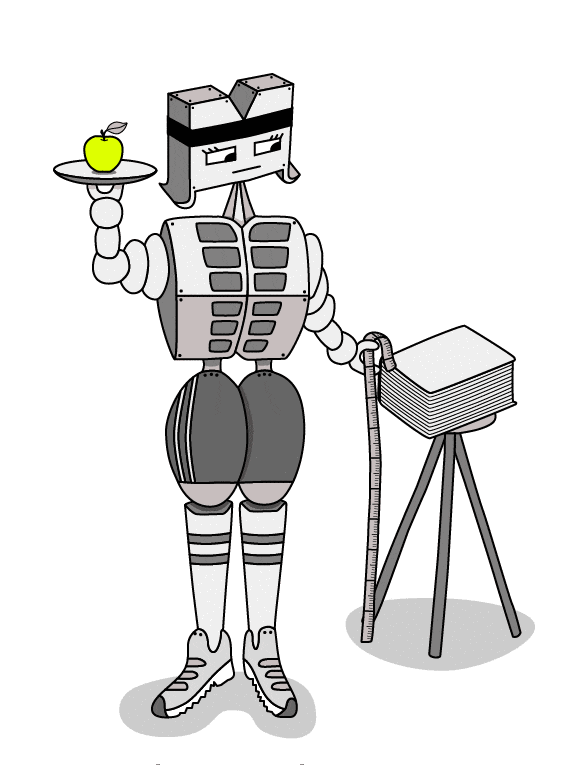The Writer’s Diet

Description
(Mis)Use in Writing
In the Classroom
Drawbacks & Malfunctions
Text-handling capacity
Disciplinary differences
Semantic understanding
Blind spots
The Writer’s Diet also ignores any text in parentheses (which it assumes to be a citation). Neither does it recognize any text that is part of a quotation. You can overcome these restrictions by changing the tool’s Settings, allowing the user to specify what should be included or excluded from the test. Make sure you (and your students) are aware of this option.
App’s user interface and functionality
The more comprehensive MS Word add-in is more fiddly to use than the web version and takes some getting used to. While helpful, the visual shorthands used for displaying and filtering the test’s results can also overwhelm a new user.
Ethical Issues
Data privacy
With the release of the app and the new website version, The Writer’s Diet has finally published its data privacy policy. The Writer’s Diet does not store or sell your data in any form. That is also true when downloading and using the Writer’s Diet add-in for MS Word (“the app”) on a locally-installed version of Microsoft Office for Windows or Mac OS. However, if you use the add-in with the free online version of MS Word from Office 365, your writing is “stored in the cloud, and your data is therefore governed by the privacy rules associated with your Microsoft Office account.”
Political correctness
Marketing
Experiments
Visit Experiments to explore The Writer’s Diet’s judgement on a range of conventional and unconventional texts (including an academic article, an institutional mission statement, a novel, and nonsense poetry).
Reading Room
Weiner, S. B. (2017) Editing Tool: the Writer’s Diet Investment Writing (4th July). https://www.investmentwriting.com/2017/07/editing-tool-writers-diet/
Technical Specs
|
Title
|
The Writer’s Diet*
|
|
Website
|
|
|
Type of help offered
|
Gives feedback on text’s clarity, concision and readability
|
|
Platform
|
Online; desktop (MS Word add-in for MS Office 2016, MS Office 2019, and MS Office 365, including Word Online)
|
|
Cost
|
Free
|
|
Function
|
Developmental; descriptive
|
|
Method
|
Pattern-recognition algorithms
|
|
User interface
|
Friendly, online version relatively simple and colourful; highlights potential issues in text |
|
Related sources
|
The Writer’s Diet book; other free and paid resources on the tool’s website (see Workout) |
|
Browser plug-ins
|
Currently none
|
|
Integrations
|
MS Word (released October 2020) |
|
First released
|
2007
|
|
Developer
|
|
|
Support service
|